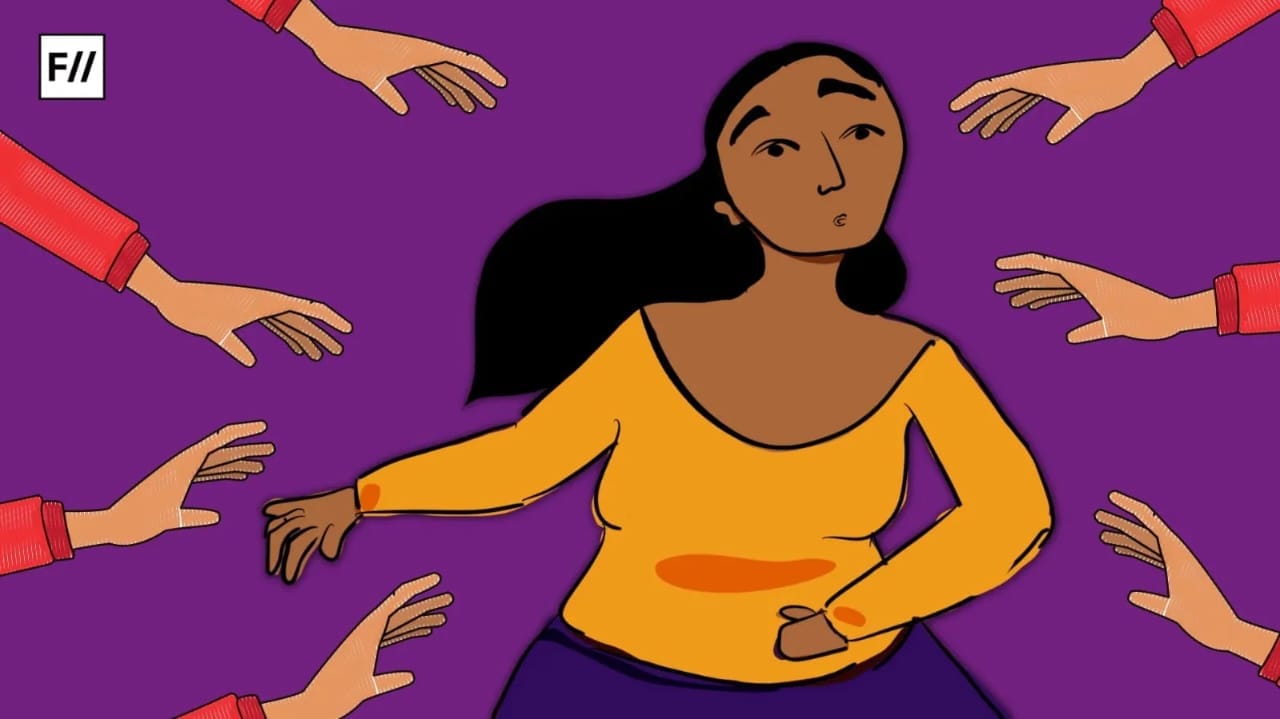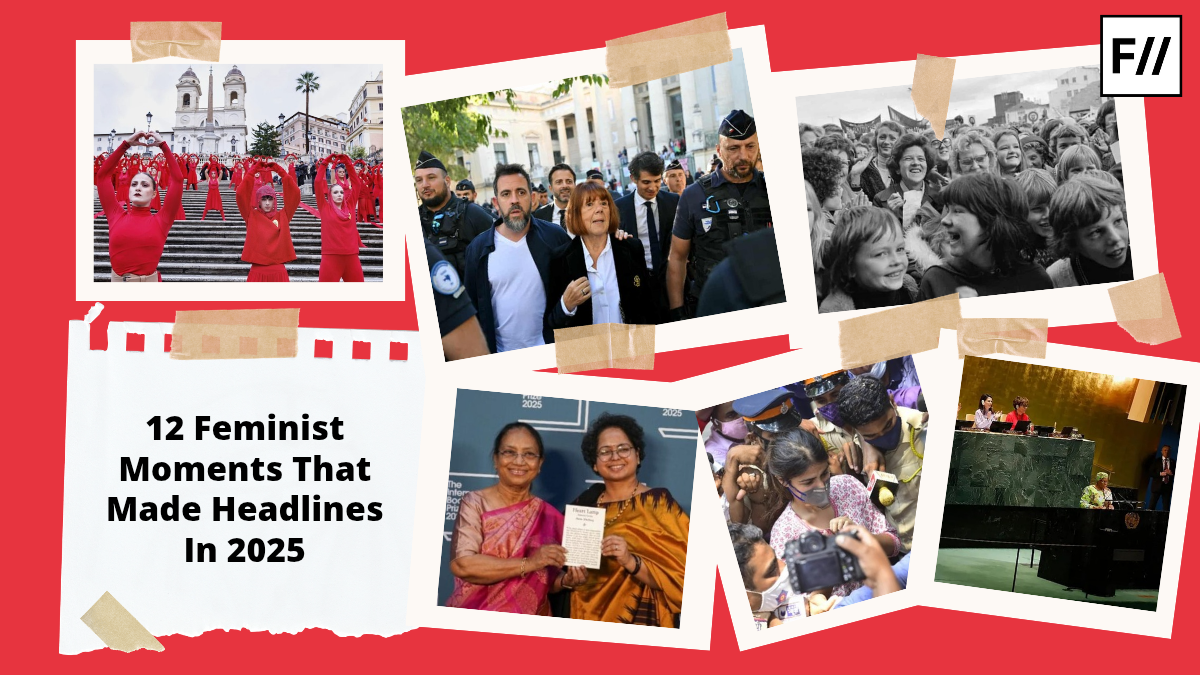Every woman in India has done the mental math.
The cab fare that’s double the bus ticket, but gets you home in one piece.
The apartment with the security guard and the double lock — even if it’s smaller and costlier.
The pepper spray, the anti-harassment keychains, the decoy phone numbers.
The cost of being ‘careful’ — a tax levied not by the state, but by patriarchy.
In India — as in many other parts of the world — a woman’s presence in public spaces comes at a premium. To navigate the same streets, board the same buses, or rent similar homes as men, women frequently incur additional costs — monetary, emotional, and psychological. This phenomenon, termed the “safety tax,” blends economics with gender justice, and reflects the extra resources women expend to protect themselves in environments that are, by default, designed without their safety in mind.
‘The ‘women’s safety tax’ is not a government policy,’ explains an article on the subject. Yet, it’s a price women pay every single day — in cash, convenience, mental bandwidth, and mobility.
More than 55% of women who used public transport have reported being sexually harassed. ‘My parents stopped my education when I complained about the harassment on the streets and buses en route to school. They could not always send a male member to escort me to school,‘ an Indian woman recalled. ‘It is unsafe to take a bus at night because of the long waiting time at a bus stop. No lights and fewer women on the streets while walking back home is very scary and makes me anxious,‘ added another. For most women — especially those in informal jobs or on the urban fringes — every commute is a calculation of cost versus risk.
Fear as an instrument of control in a state that lacks safety
Safety tax doesn’t just chip away at women’s wallets, though: it also limits their presence in the workforce. Two studies from 2018 — one published in Science Direct and one in SSRN — both found increased media reporting of sexual assaults correlates with a decline in women’s employment. In other words, the more visible gender-based violence becomes, the more it pushes women out of public life.
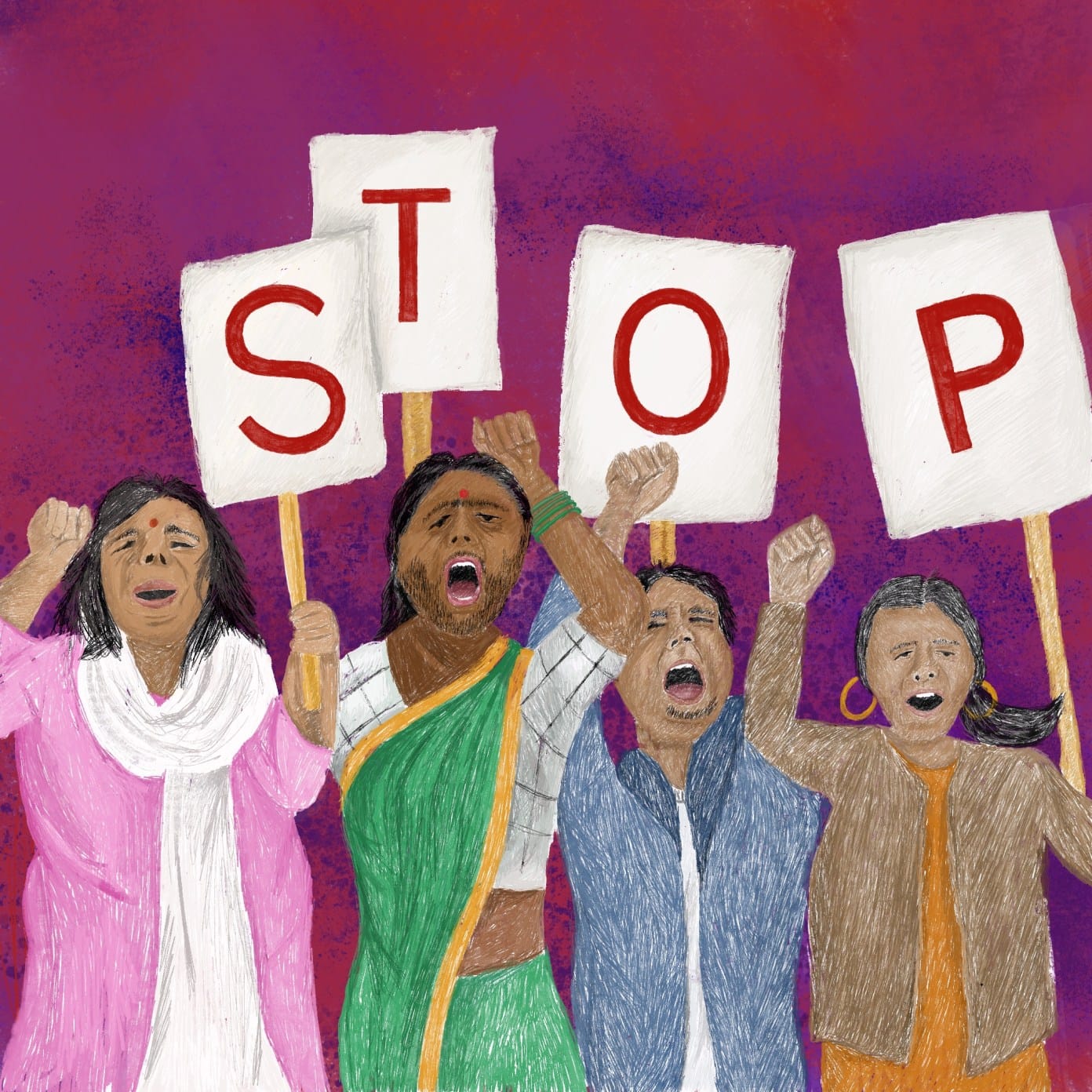
And this retreat isn’t always voluntary — for many women, safety concerns blur into patriarchal control, with families using fear as justification to limit mobility, employment, and independence. ‘Taking up litigation as a career was a rebellious task for me,’ a 26-year-old lawyer told IndiaSpend in 2022. ‘[My parents] have grown up with the idea that whatever a man decides for his family, it is the family norm. And then my mother tells me, ‘Your father is saying it out of concern and he is not trying to restrict you. We love you so much and that is the reason we are doing this.’ After a point, one cannot say anything.‘
And that’s how every headline about assault becomes both a warning and a weapon. It reinforces the idea that safety lies in staying home, and that stepping out — to study, to work, to live — is a reckless risk. In effect, danger becomes a justification to deny agency.
And, at present, against the backdrop of a global recession, rising unemployment, and fraying public infrastructure, this tax has ballooned. As wages stagnate and inflation climbs, safety has quietly become a luxury: gated housing, app cabs, pepper sprays, and working from home are privileges, not guarantees.
Disposable income or disposable safety?
‘As soon as her salary gets credited to her account each month, Bubbles embarks on her splurge-fest. Food, online shopping, spa, alcohol, home decor… you name it. As for Buttercup, last month, as soon as her salary got credited, she invested in getting a wrought iron grill put up outside her apartment door as an additional security measure. Next month, she is planning to install one of those new-fangled doorbell cameras. And she’s NOT even being paranoid,’ notes an article from 2018, capturing the contrast between two friends hailing from the same town: one who moved to Mumbai and enjoys its relative safety, and another navigating the rougher terrain of Gurugram. The difference in their disposable incomes isn’t just about rent or groceries — it’s about how one pays to live, and the other, to survive.
Evidently, region-based disparities in safety can trickle down into women’s lifestyle and financial choices.
Evidently, region-based disparities in safety can trickle down into women’s lifestyle and financial choices.
To make matters worse, crimes against women are on the rise, law enforcement is crumbling under the weight of indifference, and public spaces are more hostile than ever. Add to that the cultural backlash against women who are vocal, visible, or deviate from norms — and the price of existing safely multiplies. It’s the cost of systemic failure that women are shouldering — when the state shrugs, safety becomes something women must purchase in order to survive, piece by piece, day after day.
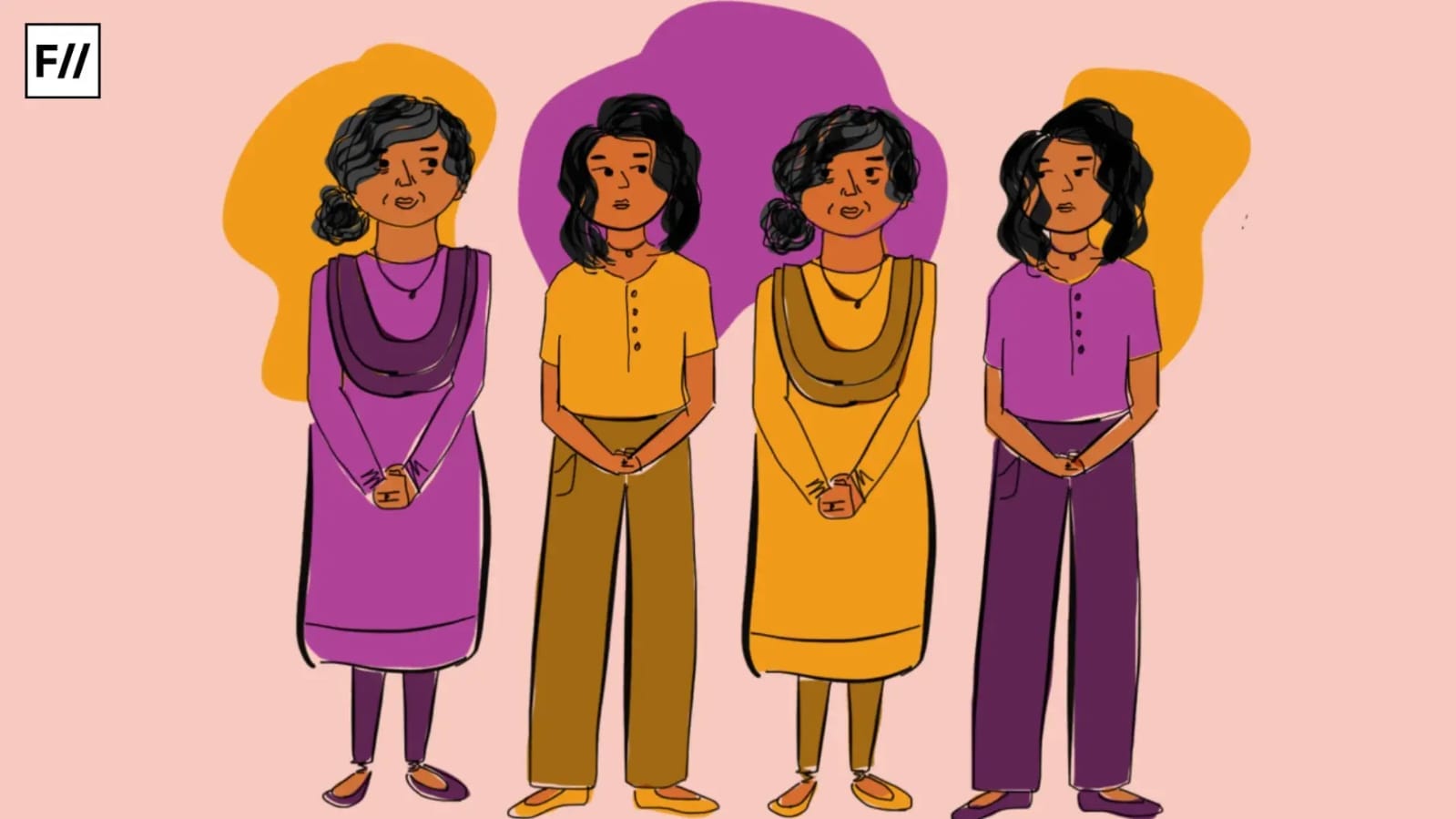
Even when no money changes hands, women pay the safety tax in invisible ways. The mental calculus never stops. Can I wear this? Will I be back before dark? Should I take an Uber or a rickshaw? Share my location or fake a call? This constant decision-making — this endless preemptive risk assessment — is exhausting. And yet, it’s dismissed as paranoia until proven otherwise.
The social contract is failing women
It’s not about fear, but about rational self-preservation, as philosopher Thomas Hobbes framed it centuries ago. In his view, the social contract — the invisible agreement that grants the state power in exchange for protection — was rooted in the idea that people surrender certain freedoms to escape a life that is ‘nasty, brutish, and short.’
But for women, especially in patriarchal societies like India, that contract was never fully honoured. Safety remains conditional, unevenly distributed, and tethered to privilege — forcing women to make calculated trade-offs every day, not unlike citizens in Hobbes’s imagined state of nature. Except here, the Leviathan doesn’t guarantee protection; it merely licenses security to the highest bidder.
Safety has become paywalled. And the poorer you are, the more you pay — in risk.
The body remembers
Also, the cost isn’t merely financial. The toll safety takes on women’s health is quieter, but just as insidious. The body tenses during every commute; the mind loops through backup plans. This constant hypervigilance breeds anxiety disorders, insomnia, and a nervous system that never quite unclenches. Women skip the gym because it’s in a dimly lit alley, abandon evening walks because the streetlights don’t work, and shell out more for home workouts, private trainers, or wellness apps that offer not just fitness, but a semblance of safety.
For women, the pursuit of safety starts at home — or rather, in the search for one.
For women, the pursuit of safety starts at home — or rather, in the search for one. Housing becomes a site of negotiation, compromise, and exclusion. Single women, especially those who are queer, divorced, or simply unattached to a man, are routinely priced out of “good” neighborhoods — with landlords imposing character certificates, moral scrutiny, and outright refusals. In 2022, Ruchita, a mental health clinician, tweeted: ‘Every broker asks me if I’m married… From tomorrow, I will be masquerading as a married woman looking for a house in Bangalore. My husband will be a ghost. He will ensure there are no parties or male friends.’
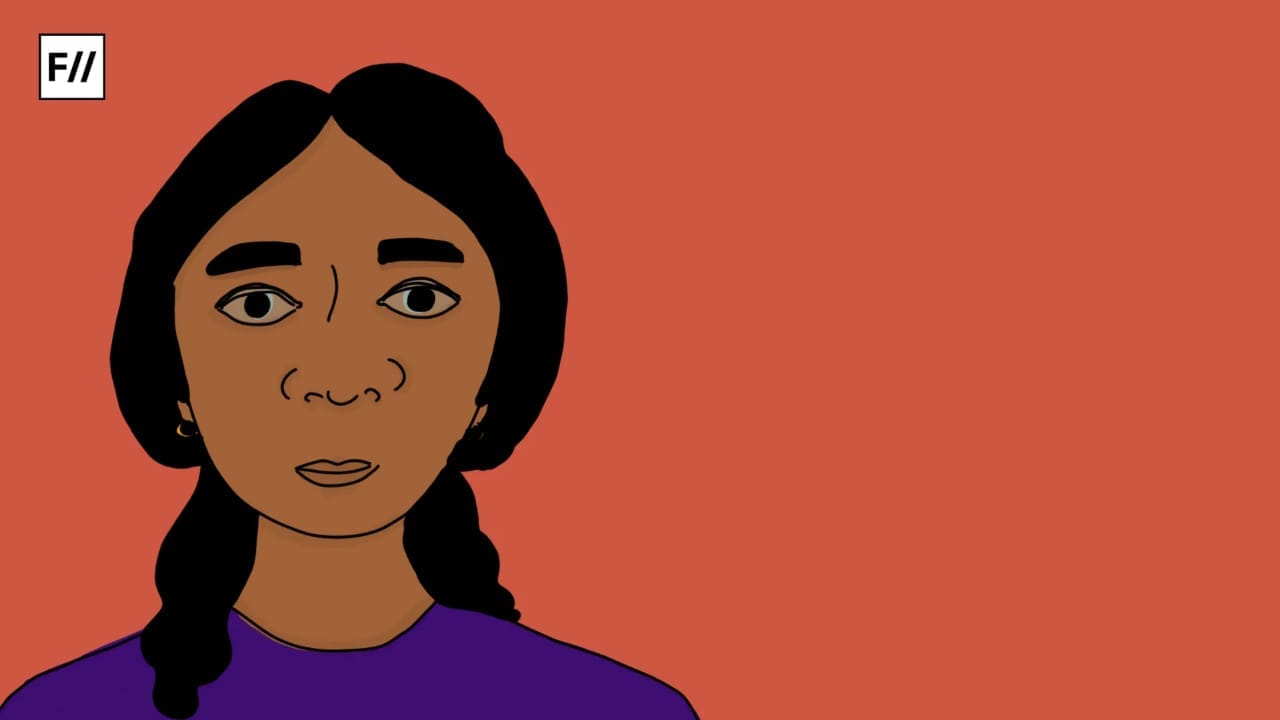
Ruchita’s experience isn’t an isolated one. ‘I am the only breadwinner of my family. Recently, I got a night shift. And that has turned into a nightmare for me. I never thought my job would be a reason I won’t be able to find a flat,‘ Priyanshi Tripathi, an employee with a private firm, told Citizen Matters in 2023. ‘I have tried finding a flat but none of them wants a woman that comes home late. If it was a man, there wouldn’t have been any issue. Our society makes it harder for us to even practice our fundamental rights.’
Cities are designed to exclude
When it comes to navigating safety, the experience of a Dalit woman earning her livelihood as a domestic worker is not the same as that of a privileged upper-class woman living in a gated society. Queer women, too, may be priced out of homes not just for being single, but for seeming “suspiciously” non-heteronormative. Migrant women often live in overcrowded housing with minimal safety infrastructure — and when assaulted, often lack the social capital or resources to seek redress. In essence, the more marginalised your identity, the higher your premium on safety.
Urban planning — or the lack thereof — plays a huge role in shaping these costs.
Poorly lit roads, inaccessible police stations, non-functional CCTV cameras, and lack of women’s toilets are not merely design flaws. They are symptoms of a gender-insensitive state that builds cities for able-bodied, upper-caste men — and expects everyone else to “adjust.” When cities themselves are exclusionary, women are forced to find workarounds that are often expensive, isolating, or dangerous.
When safety becomes a brand
The “solutions” offered by tech and the private sector are often short-sighted — if not outright exploitative. Safety apps that track your location, surveillance-based tech in cabs, or women-only sections in public transport don’t address the root causes. Instead, they reinforce a narrative where the onus is always on women to protect themselves, rather than on society to prevent harm.
Safety apps that track your location, surveillance-based tech in cabs, or women-only sections in public transport don’t address the root causes.
‘I would like to emphatically state in no uncertain terms, that the security of women achieved by curbing their freedom and liberty is no security at all,‘ former Chief Justice of India, H.L. Dattu, had said in 2014, ‘We have to find systemic responses to the problem of sexual violence and not resort to measures that have an adverse impact on the agency of women.’
It’s 2025 now, and all we’ve done is turn safety into yet another commodity — something to be bought, sold, and branded — rather than a basic right.
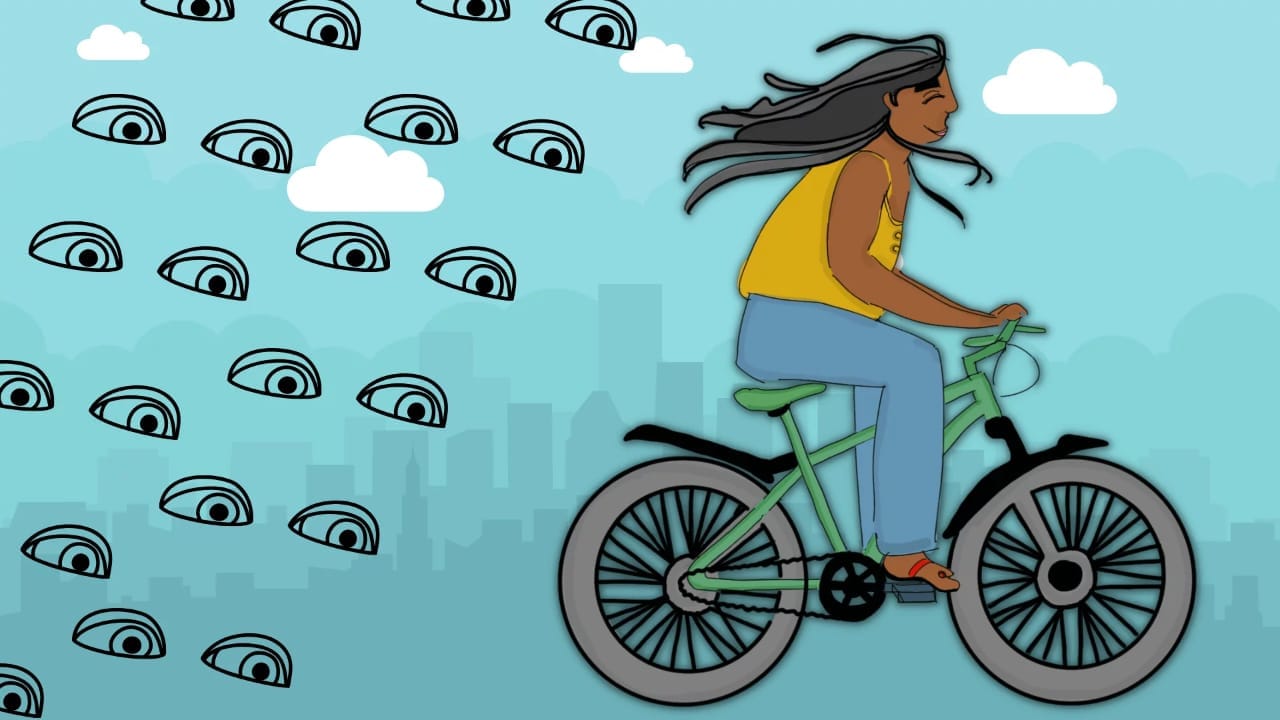
Also, it’s not just safety that’s being taxed, in the process; it’s spontaneity, too: for many women, especially in metros, the idea of stepping out on a whim, exploring a new neighbourhood, or staying out late simply doesn’t exist. Every outing requires a plan. Every detour is a potential threat. There’s no room for mistakes, no luxury of bad judgment.
And that is the steepest cost of all: a life forever negotiated, never fully lived.
In a just society, safety is not a privilege — it’s a prerequisite for participation. But in India, safety remains conditional, traded in fragments of freedom and fragments of income. Women aren’t just paying a “safety tax”; they’re paying for the right to exist in public. This relentless toll — of money, mobility, mental space — is not just a gender issue, but a civic one.
When the state fails to guarantee safety as a fundamental right, it fractures the social contract and undermines the very idea of equal citizenship. What we’re left with is a hollow promise of protection — one that rewards privilege and punishes vulnerability. The question, then, is not just how much women are paying to be safe, but why they’re paying at all. If safety becomes a commodity instead of a right, then who is this country really built for?
Until we reckon with that, women will continue living on the margins of spontaneity, freedom, and joy — spending their lives budgeting for survival, while men spend theirs simply… being.
About the author(s)
DevRupa Rakshit is an independent journalist and communications professional at work, and a storyteller and artivist at heart. She's autistic, ADHD, and lives with cats!
